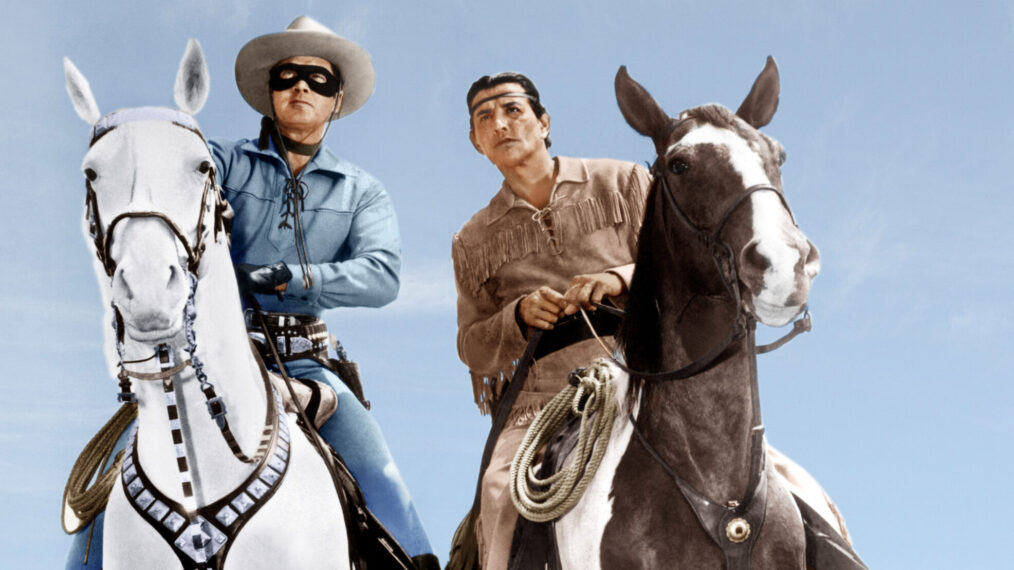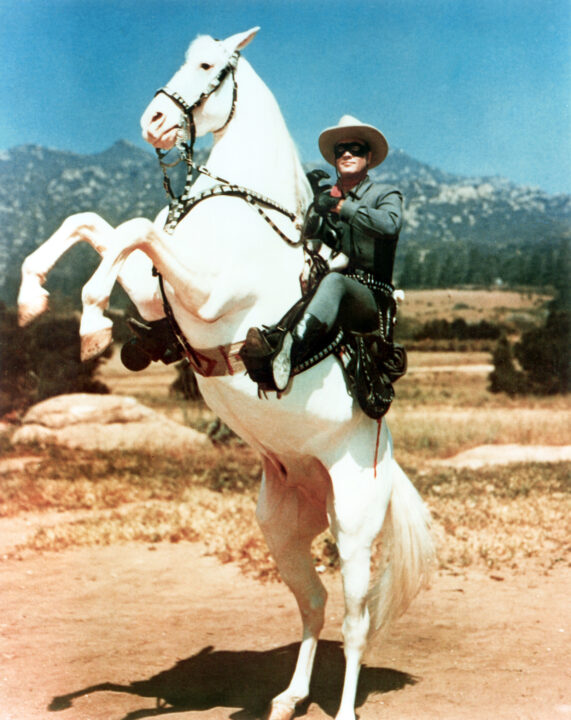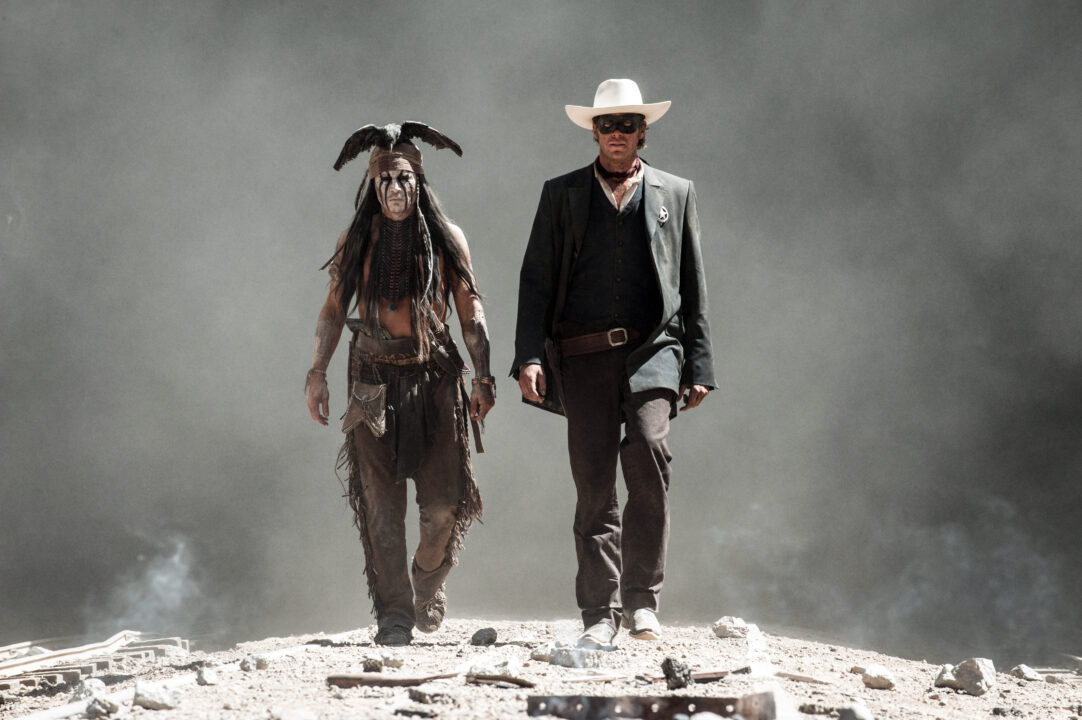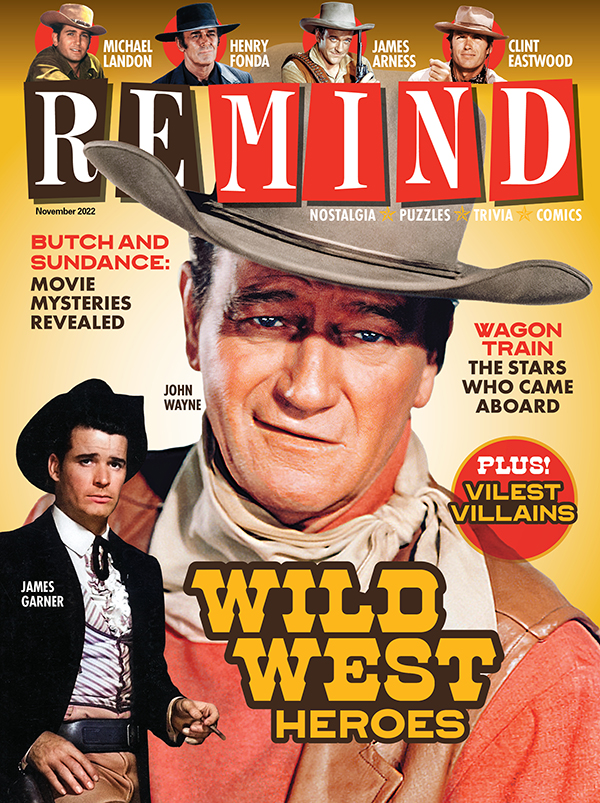‘Hi-Yo, Silver, Away!’: ‘The Lone Ranger’ Rode Into Our Hearts in 1933

The show featuring the Lone Ranger and his horse Silver premiered on WXYZ radio in Detroit for the first time on Jan. 30, 1933. Known for his strict moral code, his crime-fighting ways and eventually his controversial Native American sidekick Tonto, The Lone Ranger continued to be a part of American pop culture for decades to come. While at first, the radio program was meant for children, it quickly became a hit among adults too. Despite premiering in Detroit, it soon found a nationwide audience and sparked a television show on Sept. 15, 1949, starring Clayton Moore.
It didn’t stop there. For two decades, there were over 3,000 radio episodes featuring the Lone Ranger as he rides across the Wild West, keeping the common folk safe. When the show ended in 1957, there were several other TV and movie adaptations over the years, including the 2013 movie starring Armie Hammer and Johnny Depp. There have also been comic strips, books and merchandise, not to mention that the show inspired countless TV Westerns.

Everett Collection
Have you ever wondered why he was called the “Lone Ranger?” Turns out, he was once part of a group of six Texas Rangers. They were ambushed and gunned down by outlaws, with only John Reid (“The Lone Ranger”) left to defend the Wild West. NPR wrote, “After the shooting was over, an Indian man happened upon the scene of the ambush. The ranger, who was wounded but still clinging to life, had saved that Indian from outlaw raiders a few years earlier, when the two were just boys. The Indian recognized his boyhood companion, carried him to a nearby cave and nursed him back to health. Four days later, the surviving Ranger came to. And he asked his savior what had happened to his comrades. The Indian showed him the graves of the other five Rangers … ‘You only Ranger left … You Lone Ranger.’”

Peter Mountain/Walt Disney Pictures/Everett Collection
He wore a mask on his face to try to fool his enemy, Butch Cavendish, into thinking that he, too, was killed in the ambush. Some stories even say that his brother Dan was one of the Rangers who died in the incident. For decades, The Lone Ranger has also put some popular phrases into our vocabulary, such as “Kemosabe,” a colloquial phrase for “friend.” In each episode, he yells, “Hi-yo, Silver!” (Is it just me, or did anyone else think he said “Hi-ho, Silver!”?) before jumping into action to save the day.
If you’re a fan of the character, you may also remember his creed.
“I believe…
That to have a friend, a man must be one.
That all men are created equal and that everyone has within himself the power to make this a better world.
That God put the firewood there but that every man must gather and light it himself.
In being prepared physically, mentally and morally to fight when necessary for that which is right.
That a man should make the most of what equipment he has.
That ‘This government, of the people, by the people and for the people’ shall live always.
That men should live by the rule of what is best for the greatest number.
That sooner or later … somewhere … somehow … we must settle with the world and make payment for what we have taken.
That all things change but truth, and that truth alone, lives on forever.
In my Creator, my country, my fellow man.”

Wild West- Heroes & Villains
November 2022
Celebrates the unique sense of justice, compassion and adventure in the Old West as seen on TV and in the movies
Buy This Issue